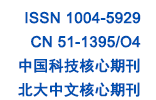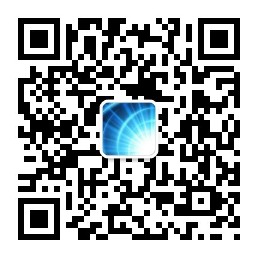



基于光学散射特性的失稳空间目标旋转分析
田琪琛1,李智2*,徐灿3,李鹏1
基于光学散射特性的失稳空间目标旋转分析
Rotation Analysis of Unstable Spaces Based on Optical Scattering
| {{custom_ref.label}} |
{{custom_citation.content}}
{{custom_citation.annotation}}
|
/
| 〈 |
|
〉 |